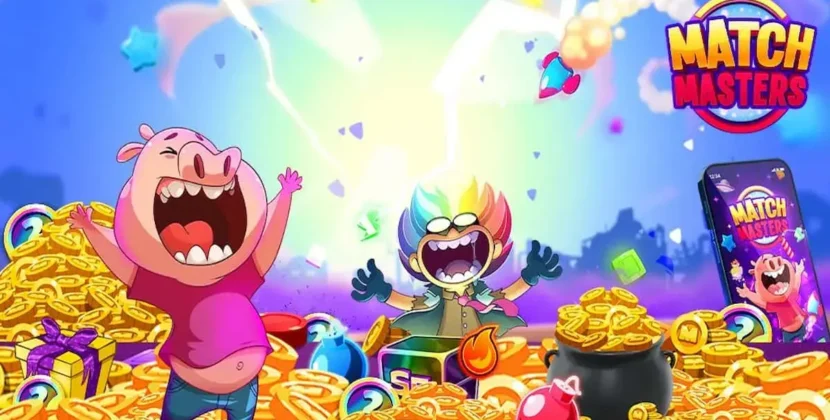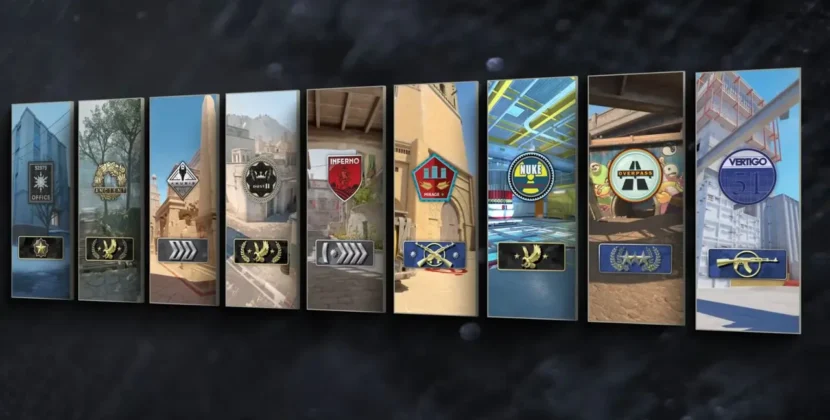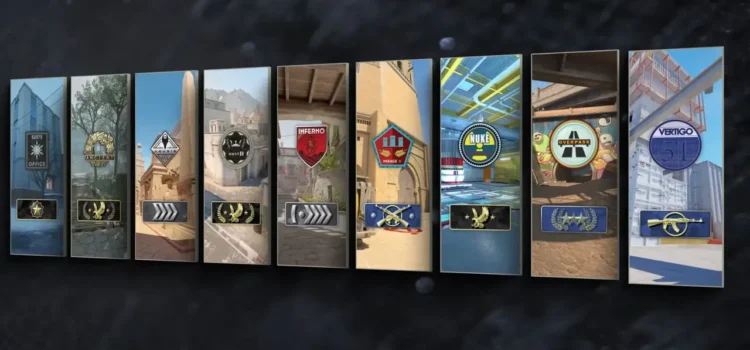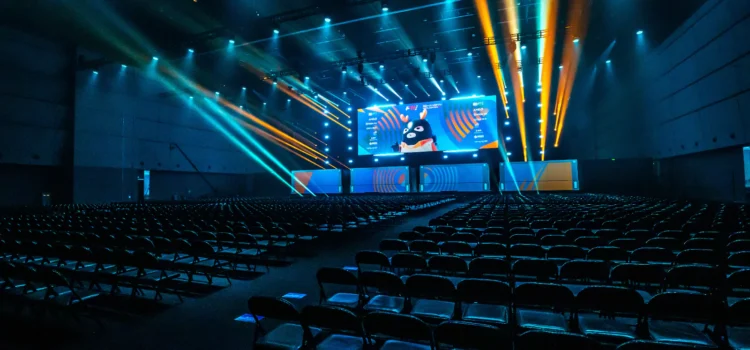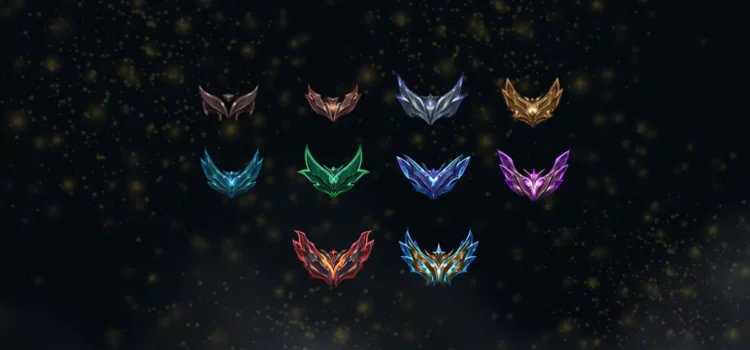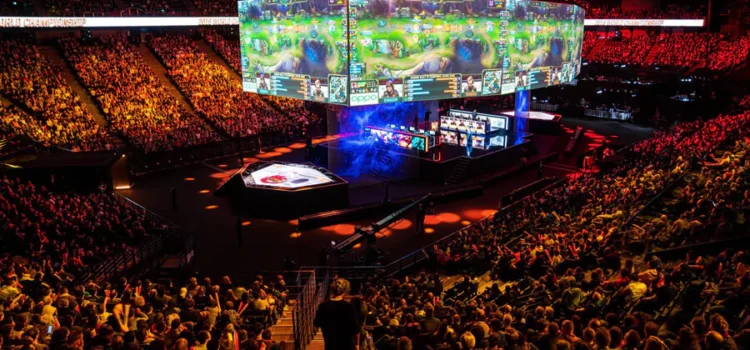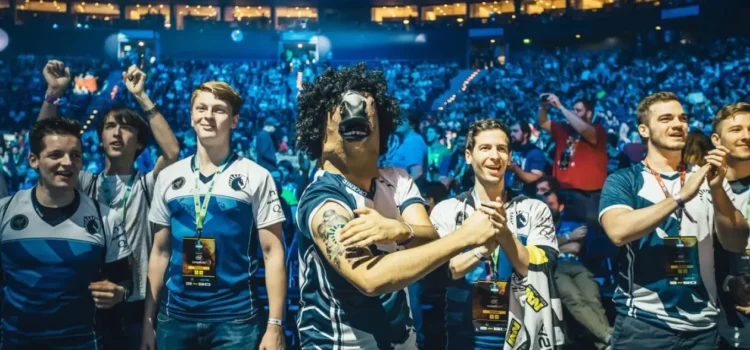
Counter-Strike 2, which was one of the most eagerly anticipated games of 2023, has faced growing criticism from the player base, and a significant part of the backlash stems from one major issue: the game’s matchmaking system.
Although the title came with improved visuals, thanks to Valve’s Source 2 engine, and some fresh gameplay mechanics, it hasn’t quite lived up to the expectations players had for it.
The primary issue? Skill-based matchmaking (SBMM), which has been a longstanding problem in competitive shooters, and Counter-Strike 2 is no exception.
One year after its release, Counter-Strike 2 has generated mixed reviews from the gaming community.
While some appreciate the new visual rendering effects and the updated physics sandbox, others have been left disappointed by the lack of substantial new content and the game’s matchmaking flaws.
It’s not just a minor inconvenience—it’s crippling the gameplay experience for many, driving players away from the game in droves.
The Impact of Skill-Based Matchmaking on the Game
For any competitive shooter, the core focus should be to provide a fair and level playing field where players can compete against others with similar skill levels.
This is where Counter-Strike 2 falls short.
The game employs the infamous “skill-based matchmaking” system, which often places players against opponents who are either far more skilled than they are or even “smurfs”—high-ranked players using low-level accounts to dominate the competition.
This setup completely disrupts the balance that any competitive shooter should strive for, leading to frustrating and unenjoyable experiences for many.
When players find themselves consistently matched with opponents who are either significantly more skilled or less experienced, the result is often one-sided games that feel unfair.
For newcomers or intermediate players, facing off against skilled players or smurfs can be demoralizing, making it harder for them to improve their skills and enjoy the game.
It’s no surprise that many players end up abandoning the game or turning to other titles that offer a more balanced and enjoyable matchmaking experience.
What Valve Needs to Do to Fix the Problem
To address this issue, Valve needs to overhaul the matchmaking system entirely.
It’s clear that the current system, which relies primarily on player skill and rank, is insufficient.
A more sophisticated approach is needed—one that takes into account not only a player’s overall skill level but also their recent performance, behavior, and how they’ve been playing recently.
This could ensure that players are matched with opponents of similar abilities in a way that promotes both competitiveness and enjoyment.
Beyond simply adjusting how players are ranked and paired, Valve also needs to implement stronger anti-smurfing measures.
Smurfing, where high-ranked players use low-level accounts to dominate less experienced players, has been an ongoing issue in competitive shooters for years.
It’s particularly problematic in Counter-Strike 2, where the current matchmaking system seems ill-equipped to address it.
There should be stricter penalties for smurfing and account boosting, and Valve should consider ways to detect and prevent this behavior more effectively.
Only with these changes can Valve hope to restore fairness to the game and reduce the frustration felt by its player base.
Valve’s Silence Is Worrying Players
Another issue contributing to the growing frustration around Counter-Strike 2 is Valve’s lack of communication about the game’s future.
The company has long been known for its reserved approach to updates and announcements, but with Counter-Strike 2, many players had hoped for more transparency and regular updates.
While the game has received a handful of updates since its release—such as the introduction of the armory pass and the return of iconic maps like Train—players are still waiting for significant changes, such as new operations, game modes, or events.
The absence of these updates is particularly concerning.
It’s been two years since the last major attack operation was added to Counter-Strike, and players are growing anxious about the game’s future.
Valve must recognize that player engagement requires more than just minor tweaks and cosmetic changes.
To keep the player base happy and invested in the game, the studio must make an effort to provide meaningful content that expands the game and improves the overall experience.
Counter-Strike 2’s Current State and Future Prospects
Despite the negative feedback regarding matchmaking, there are still aspects of Counter-Strike 2 that appeal to players.
The game is performing well on Steam, and the skin market is thriving, but the player base has shrunk significantly compared to the peak popularity of CS:GO.
The growing dissatisfaction with matchmaking and the lack of substantial updates has left many players questioning whether Valve will address these concerns in the near future.
In conclusion, Counter-Strike 2 still has great potential, but its current state is holding it back from becoming the game it could be.
Valve must take action to fix the matchmaking system and improve player experience.
If the studio addresses these issues, there’s a strong chance that the game can regain its glory and continue to thrive in the competitive gaming world.
However, without significant changes and better communication with the community, Counter-Strike 2 risks losing its player base and becoming just another forgotten title in the FPS genre.

